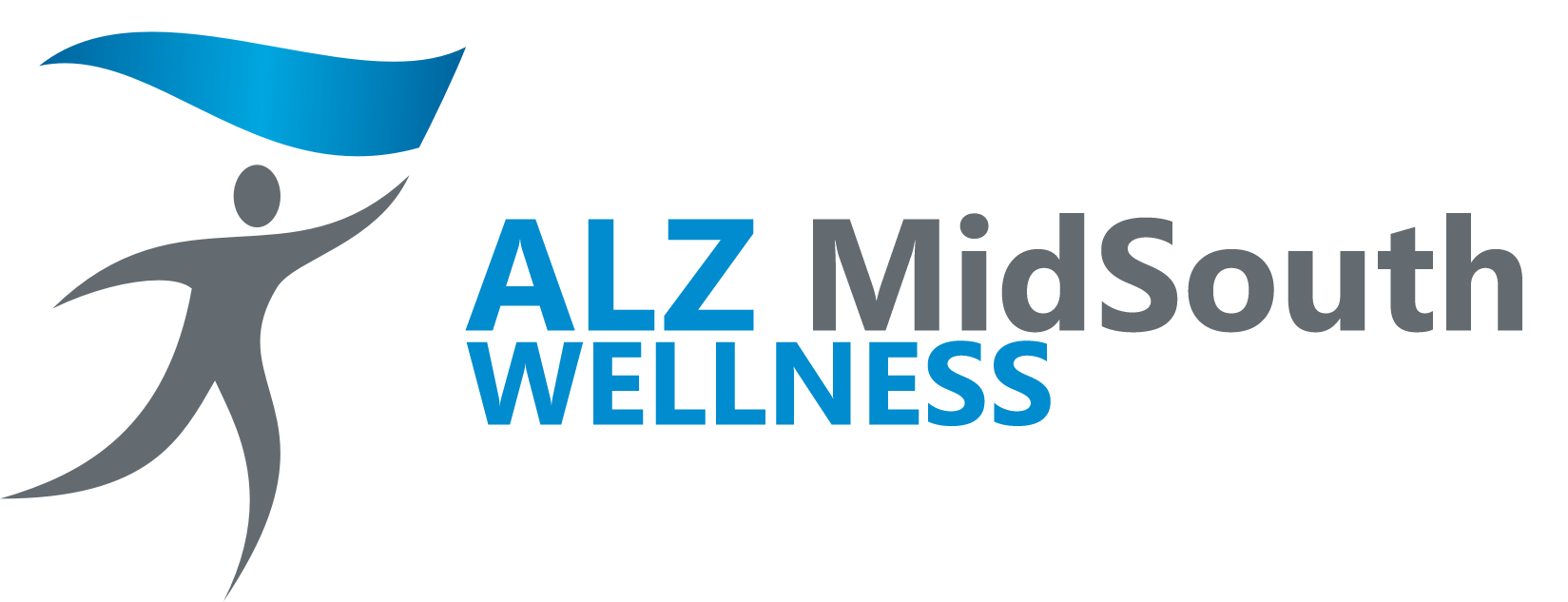Saturday evening in Seoul opens countless possibilities, yet locals often land in one neighborhood: Gangnam. The district’s blend of inventive drink menus and high-tech noraebang means couples, colleagues, and tourists can design a single crawl without worrying about taxi transfers. Start with mellow cocktails, shift to elaborate soju infusions, and finish under colored strobe lights singing the latest chart-topper—all before the clock strikes three.
Visitors sometimes assume such variety demands elite spending. In practice, thoughtful planning cuts costs while maximizing flavor and fun. This piece traces a typical Saturday from dusk to dawn, highlighting bar styles, drink trends, and—of course—karaoke staples that turn a routine weekend into a memory.
Sunset Aperitifs on Nonhyeon-ro
Nonhyeon-ro’s tree-lined sidewalks see a gentle rush around six p.m. Young professionals drop briefcases at home, slip into casual shirts, and claim sidewalk tables outside small-scale wine cafés. Many of these spaces seat fewer than thirty guests, yet their by-the-glass selections rival European bistros two or three times larger.
A popular starter involves pét-nat rosé paired with blanched octopus and lemon oil. The natural fizz wakes the palate without dulling it. Prices hover near ten thousand won per pour, leaving room in the budget for later indulgences. Conversation flows easily; servers often share recommendations for the next stop once glasses empty.
Craft Spirits Meet K-Pop Beats at Gangnam Station
Shortly after eight, crowds gravitate toward Gangnam Station Area Exit 11, where basement speakeasies specialize in Korean botanical gins. Inside, bartenders vapor-infuse native pine needles and sansho pepper, creating cocktails that balance aromatic warmth and gentle spice. The sound system keeps volume moderate—loud enough to sway shoulders yet low enough for nuanced talk.
After two rounds, patrons feel ready for louder surroundings. At this point, bartenders frequently direct groups to partner karaoke 쩜오후기 houses one street over. These alliances ensure seamless table transfers; tabs close automatically, and first-hour discounts appear at the noraebang desk.
A Singing Interlude: Private Booths Above Sinnonhyeon
Nine-thirty brings the first true sing-along. By entering early, groups skip peak-hour rates and secure larger rooms fitted with adjustable lighting rigs. Each booth contains a mini fridge stocked with bottled makgeolli and canned highballs, trimming the need for separate bar runs.
Touchscreens display trending tracks in multiple languages. English speakers tend to open with 1990s pop before daring Korean hits. No one minds pronunciation mishaps; the scoring program rewards rhythm almost as much as diction. Between songs, guests tap “story mode,” a feature that adds film-style backdrops matching the next tune’s mood.
Midnight Street Snacks for Second Wind
Leaving the booth around eleven-thirty, singers find themselves hungry again. Street vendors outside Sinnonhyeon Station answer the call with skewers of rice cake slathered in gochujang and sprinklings of sesame seed. A serving costs less than three thousand won but fuels an additional two hours of revelry.
While munching, revelers often compare set lists. One group may brag about nailing a BTS harmony; another recounts an offbeat duet featuring Queen’s “Bohemian Rhapsody.” These exchanges build spontaneous camaraderie and sometimes lead to joint bookings at the next karaoke venue.
High-Energy Clubs Near Dosan Park
Midnight signals a pivot to heavier basslines. A ten-minute taxi ride north places guests near Dosan Park, an upmarket strip of lounges blending electronic dance music with live saxophone solos. Door fees land between twenty and thirty-five thousand won, yet they include a welcome drink—often a gin fizz topped with toasted rosemary.
Crowds in this zone dress stylishly but not formally. Sneakers match tailored jackets; sequined skirts pair with denim. Inside, LED walls flash synchronized graphics while DJs mix Korean deep-house remixes with international hits. Dance breaks sharpen the appetite for another singing round.
Last Songs Before Sunrise
Around two, many clubs dim lights to cue patrons toward after-hours karaoke. These establishments sit on upper floors of office blocks along Apgujeong-ro 79-gil, one of Gangnam’s safest late-night arteries. Rates remain steady regardless of hour—about forty thousand won for seventy minutes with a complimentary fruit platter.
Staff distribute plush slippers so aching feet can relax. Air-circulation systems refresh the booth every ten minutes, preventing stuffiness despite continued singing. When weariness sets in, guests purchase a final pot of samgyetang ginseng soup, believed to steady post-spirits blood sugar.
Morning Recovery and Easy Transport
Subway lines reopen at five-thirty, but those eager for bed find plenty of taxis near the main junctions. Fares rarely exceed fifteen thousand won inside southern Seoul before sunrise. Back at hotels, a bottle of water and a stretch complete the schedule—the body rests, the vocal cords reset, and Saturday night remains safe on camera rolls.
In the end, melody meets mixology through sensible pacing rather than reckless bar-hopping. Light wine, refined gin, rhythmic pop choruses, street-side carbohydrates, and a respectful exit keep spirits high while wallets stay intact. Gangnam’s facilities do the heavy lifting; visitors need only curiosity, a charged phone, and the confidence to sing off key when the chorus hits.
